Product Description
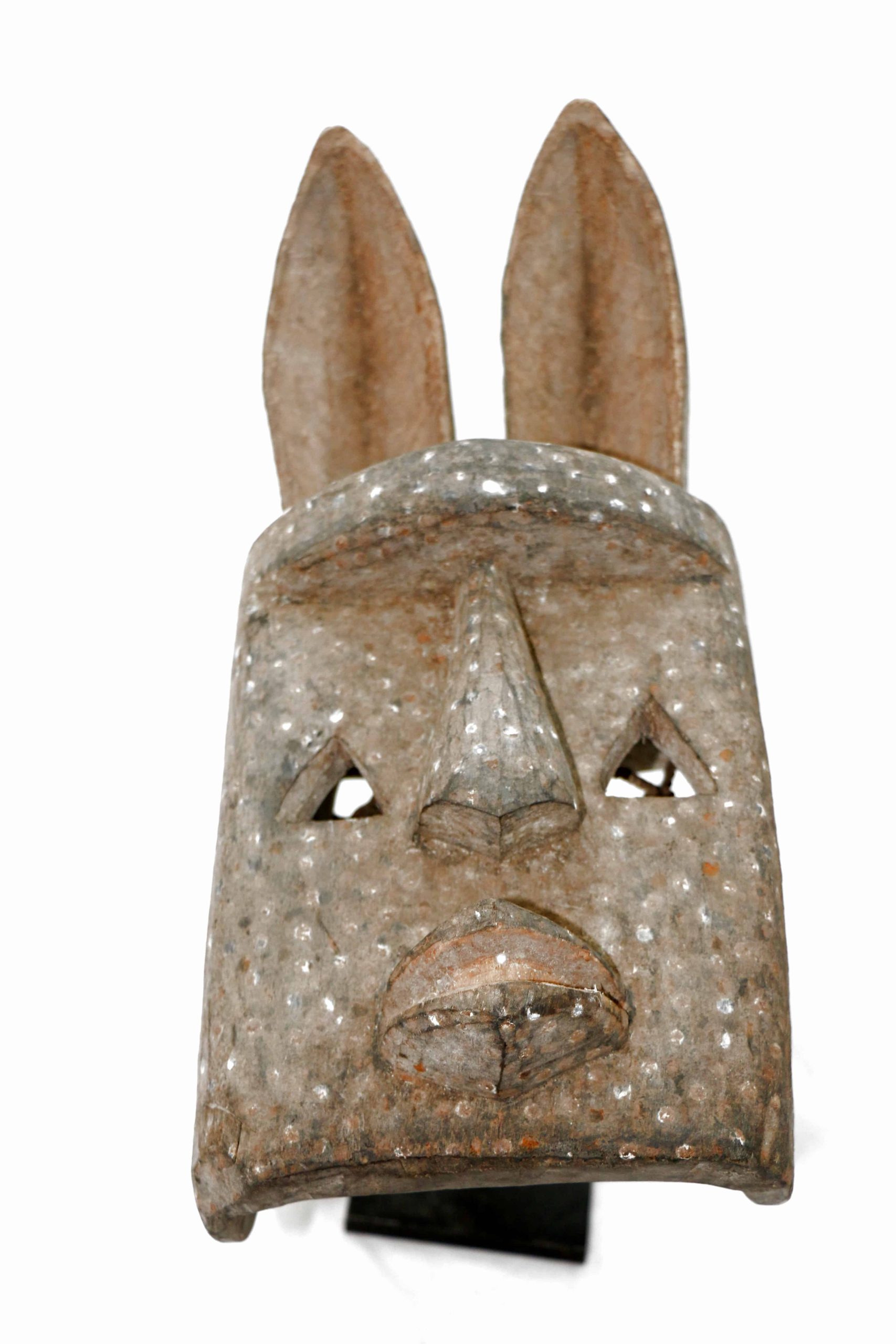

Satimbe Ceremony Mask Dogon- Mali
This old-carved mask of light-coloured wood, originates from the Dogon people of Mali. Satimbe masks are surmounted by a female figure which represents the elder sister of the mask. It’s a ceremony mask used during the annual harvest festival (called Bulu), celebrated in all the villages before the rainy season.
Made of 100% wood.
Model is W 28 – H 19 and weight 3 kg.
Description
This old-carved mask of light-coloured wood originates from the Dogon people of Mali. Satimbe masks are surmounted by a female figure which represents the elder sister of the mask. It’s a ceremony mask used during the annual harvest festival (called Bulu), celebrated in all the villages before the rainy season.
The mask is composed of two parts. The first element is the heavily stylized helmet, looking zoomorphic. Perhaps representing an antelope, the mask is classically carved with long cubistic facial planes and powerful jutting horns and ears. A fine patina of age and use. The second element is a voluptuous female figure standing on top of the mask, with copper inserts and textile elements, protruding breasts, articulated arms and embellished hairstyle. An unusually old piece with very good usage patina on its surface, on the edges and especially on the inside at the back.
The Dogon, an ethnic group are mainly located in the administrative districts of Bandiagara and Douentza in Mali, West Africa. The precise origins of the Dogon people, like those of many other ancient cultures, are not yet determined. Their civilization emerged, in much the same way as ancient Egypt. Around 1490 AD the Dogon people migrated to the Bandiagara cliffs of central Mali. There are approximately 700 Dogon villages, with an average of 400 inhabitants. The tribe’s folk call themselves ‘Dogon’ or ‘Dogom’, but in the older literature they are most often called ‘Habe’, a Fulbe meaning ‘stranger’. The Dogon have been described as the most studied and least understood tribal group in Africa. Their history, technology, cultural wealth, art and even oral legends are among the most involved in Africa, not least because the policy is in fact essentially artificial, comprising various sub-units that were grouped together on the basis of propinquity under the colonial administration. They are excessively prolific in terms of artistic production, not least because they have mastered all the main materials that are used in traditional African art; figures in stone, iron, bronze/copper and of course wood are all known, in addition to cave/rock painting and adaptation of more modern materials.
Additional information
| Weight | 3 kg |
|---|---|
| Dimensions | 28 × 19 cm |
Leave a reply Cancel reply
Returns and Exchanges
There are a few important things to keep in mind when returning a product you purchased.You can return unwanted items by post within 7 working days of receipt of your goods.
- You have 14 calendar days to return an item from the date you received it.
- Only items that have been purchased directly from Us.
- Please ensure that the item you are returning is repackaged with all elements.
Ship your item back to Us
Firstly Print and return this Returns Form to:
30 South Park Avenue, San Francisco, CA 94108, USA
Please remember to ensure that the item you are returning is repackaged with all elements.
For more information, view our full Returns and Exchanges information.

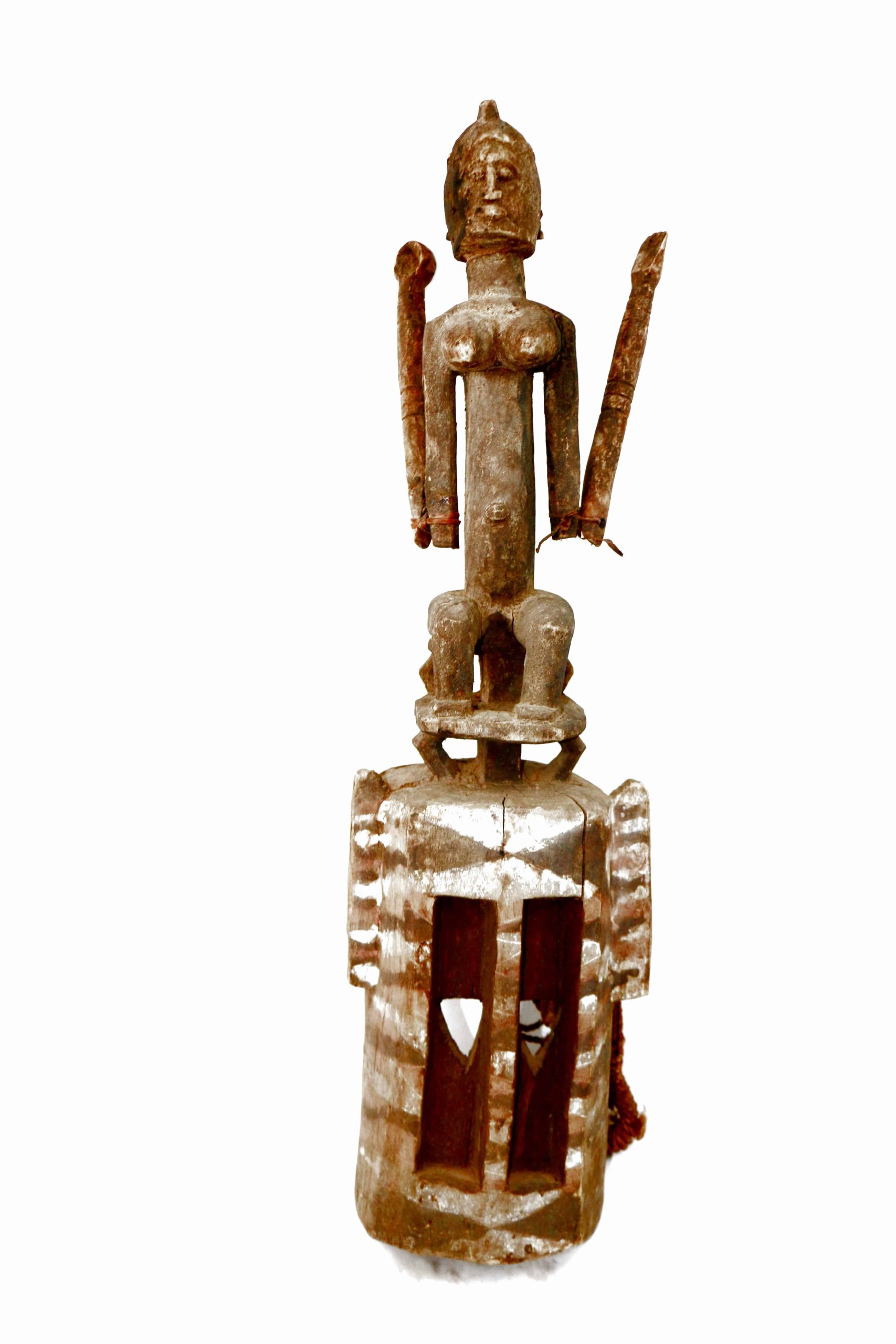
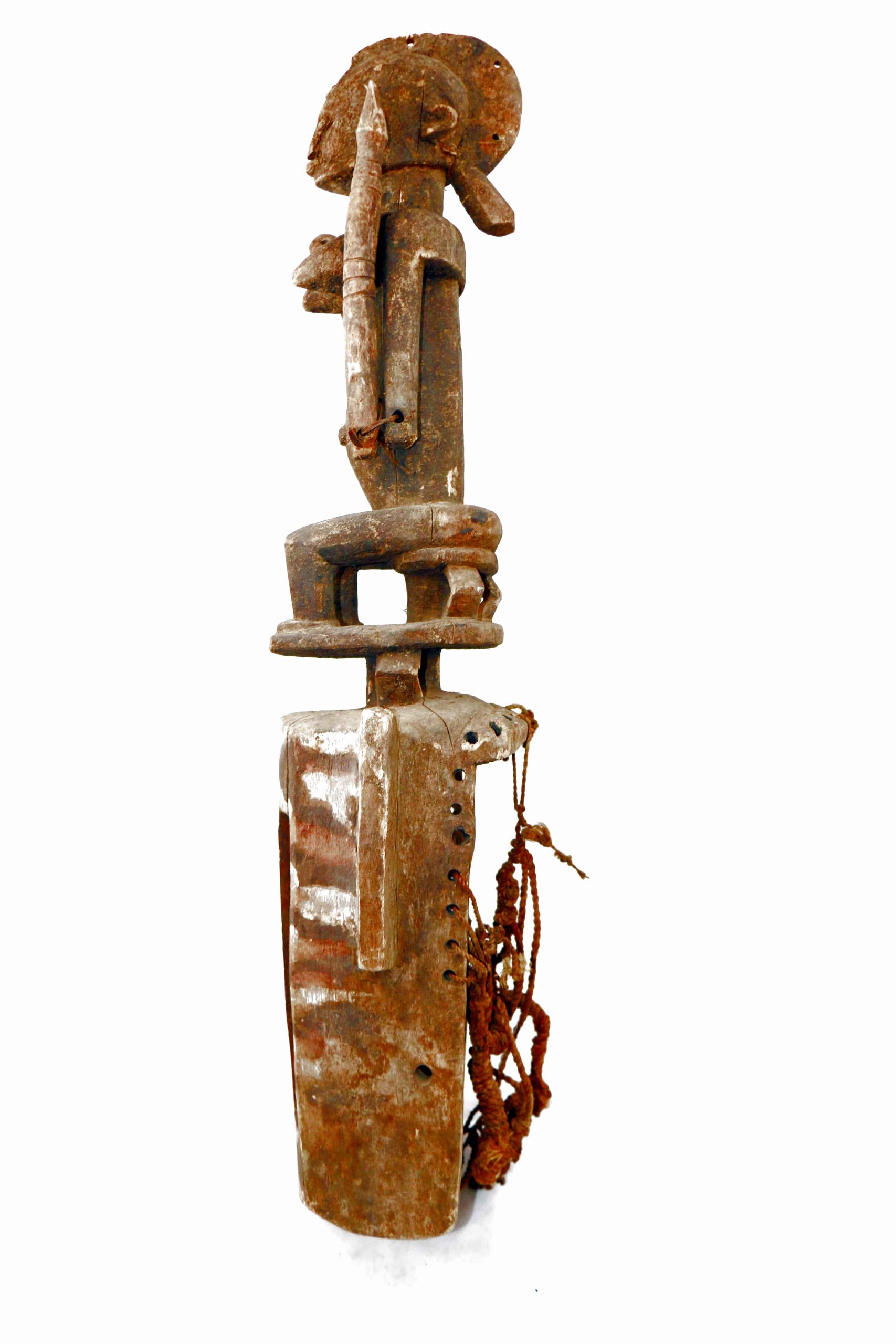
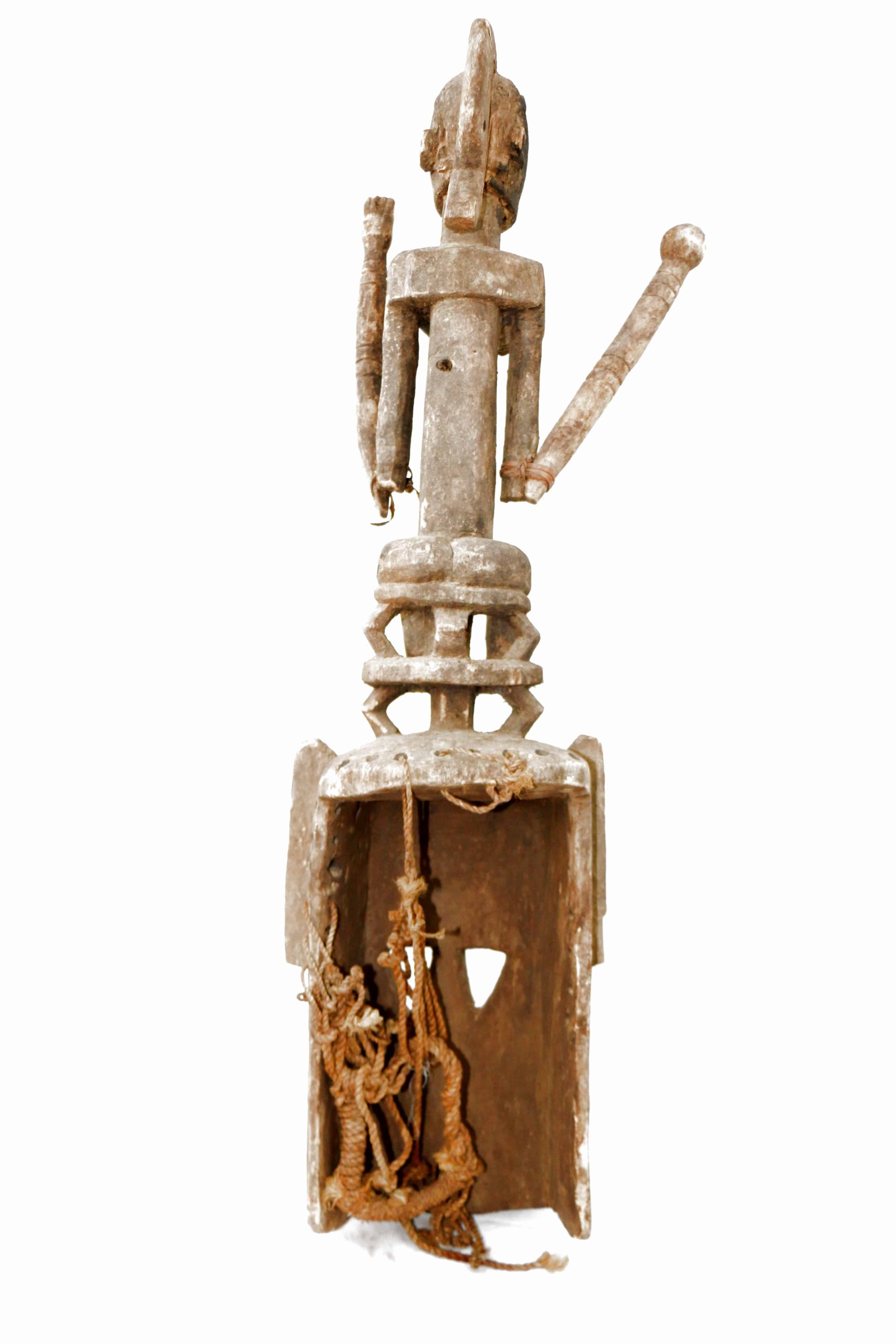
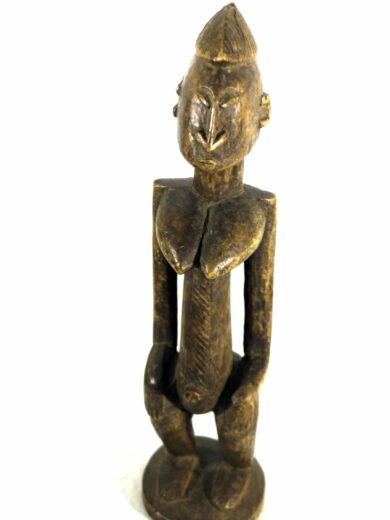
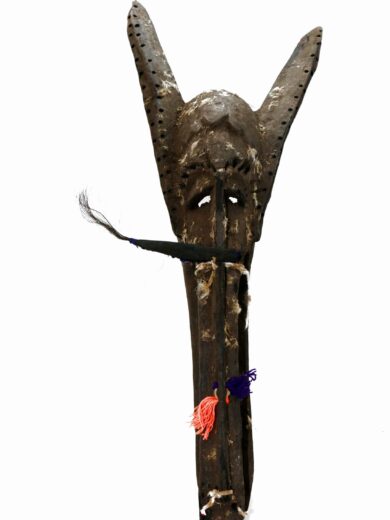
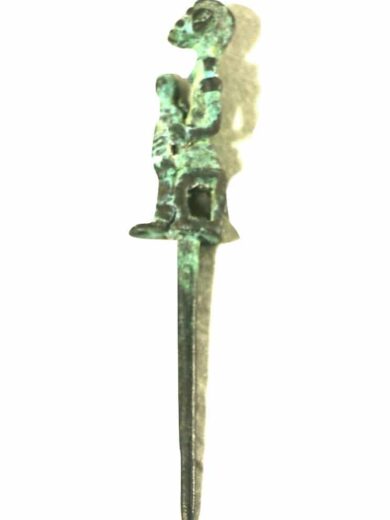

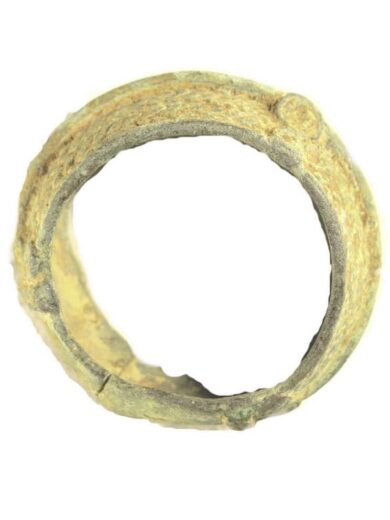

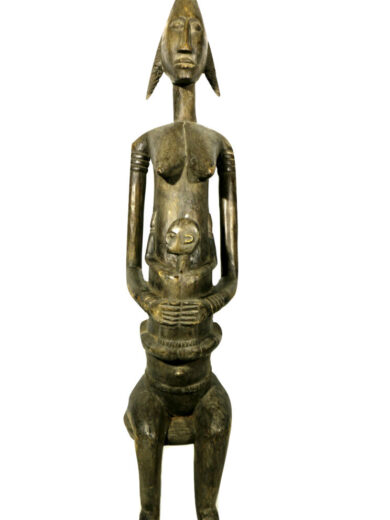

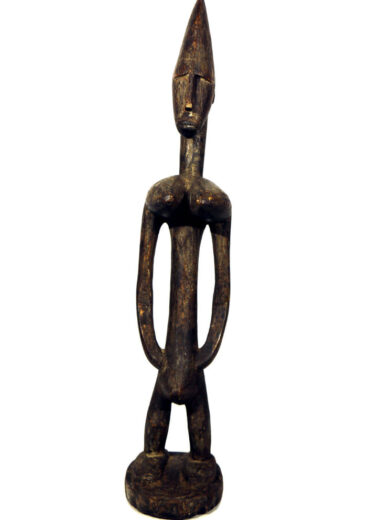
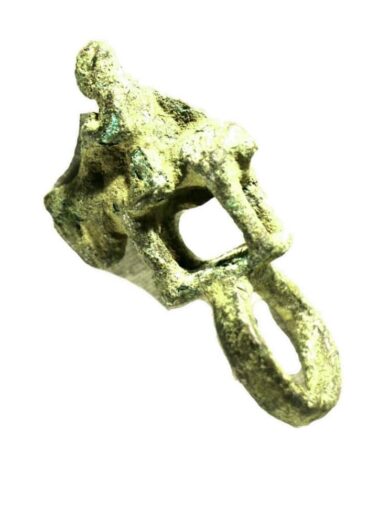
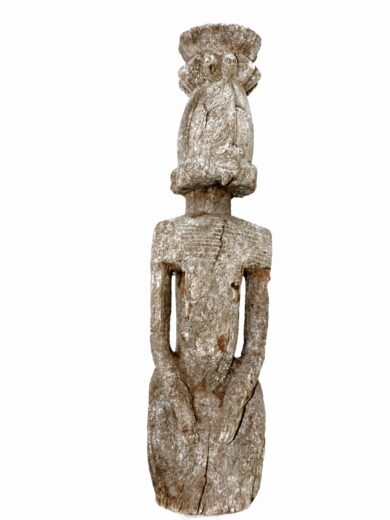


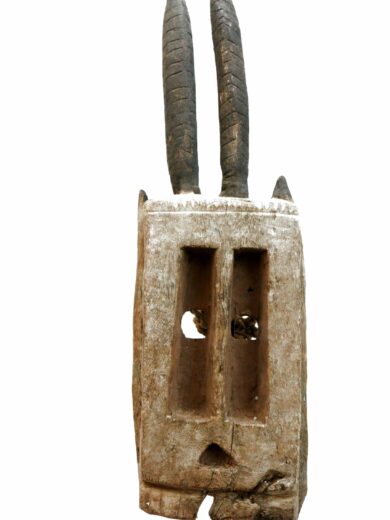
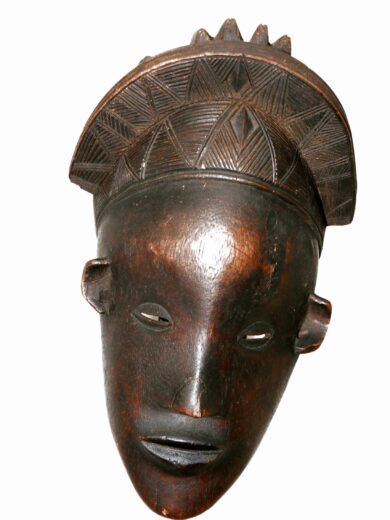
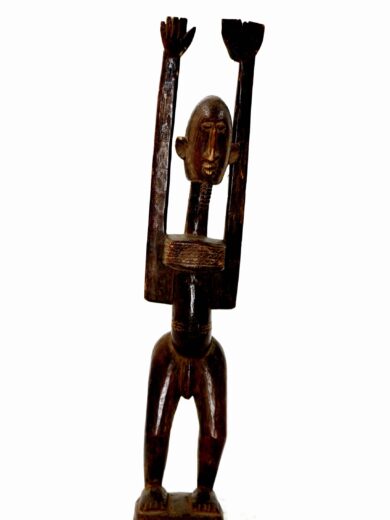

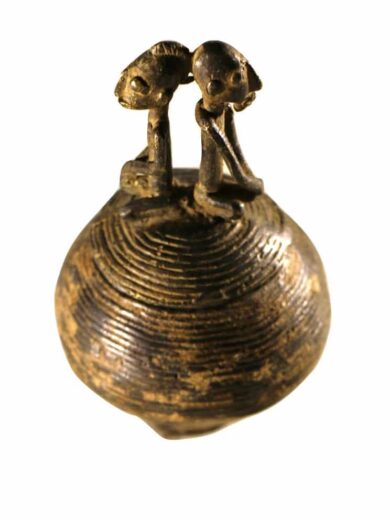
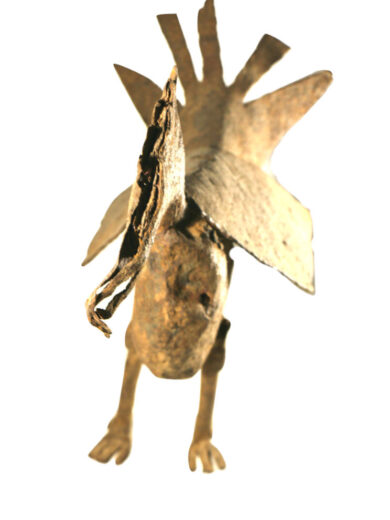
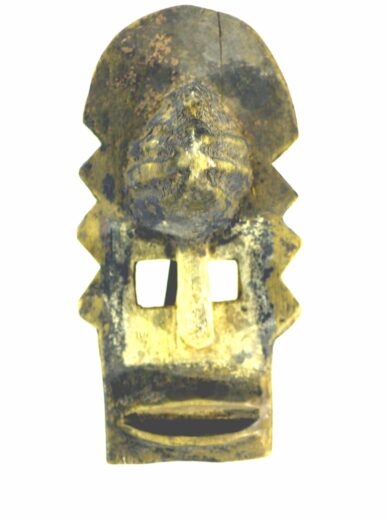
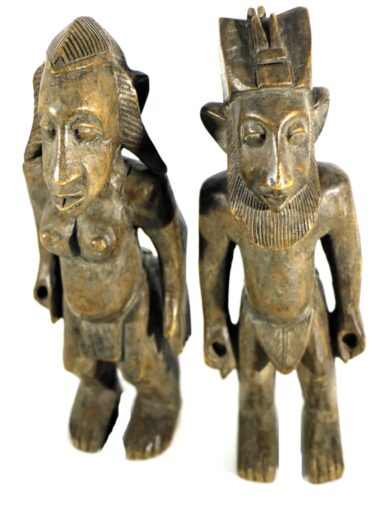
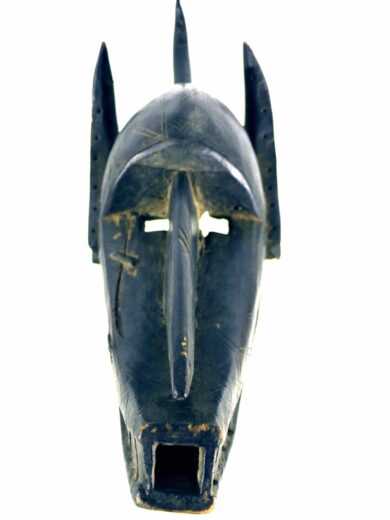
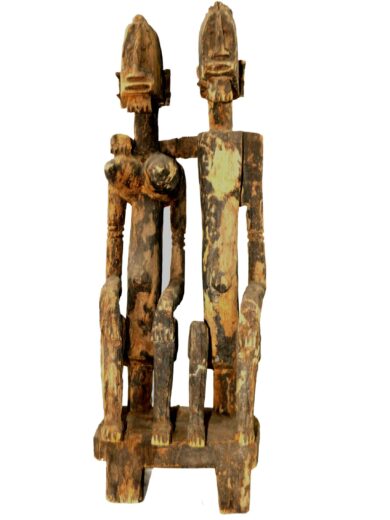
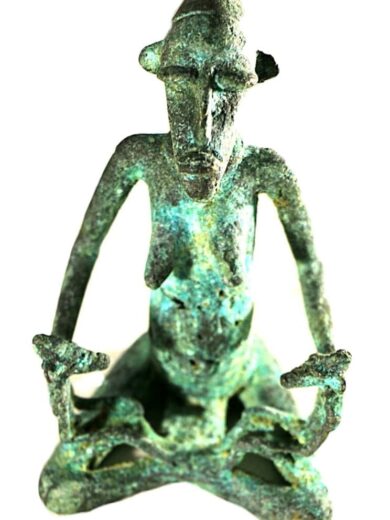
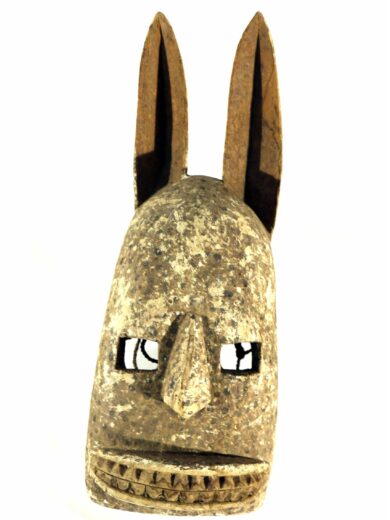


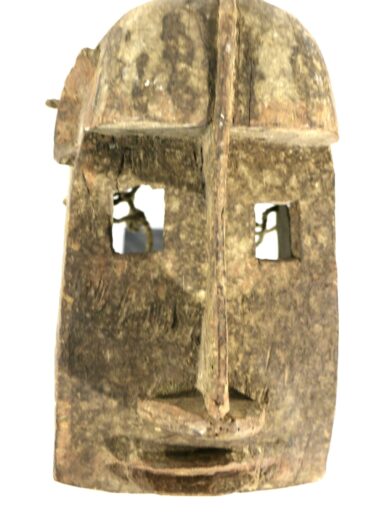

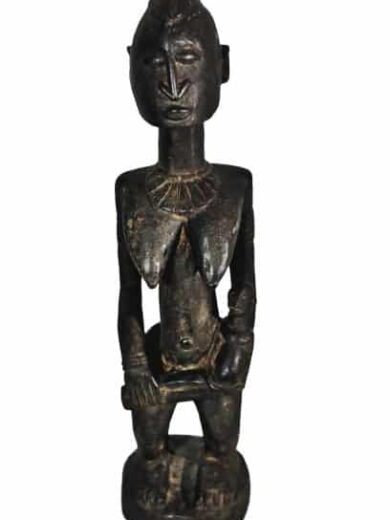
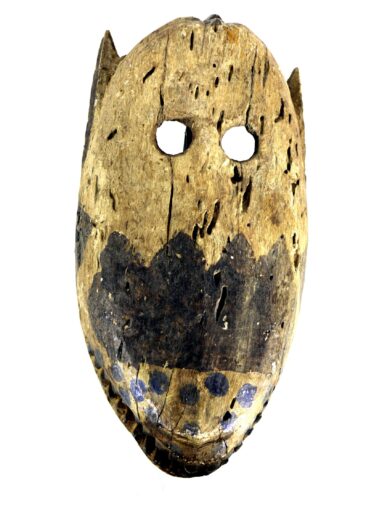
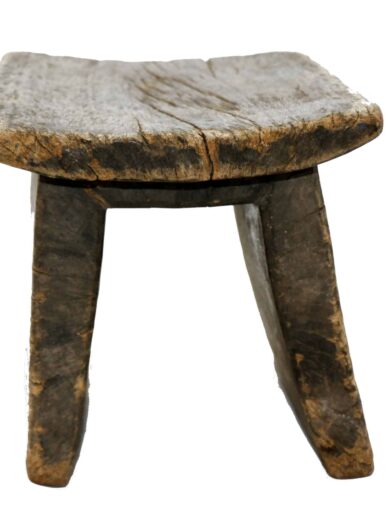

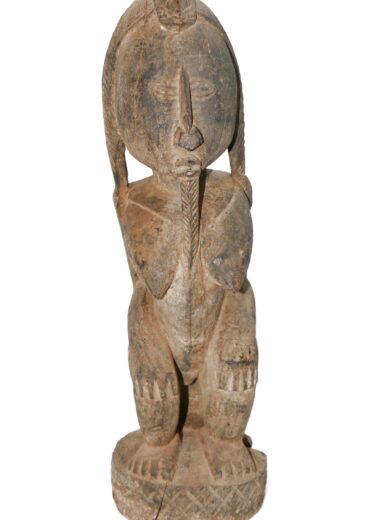
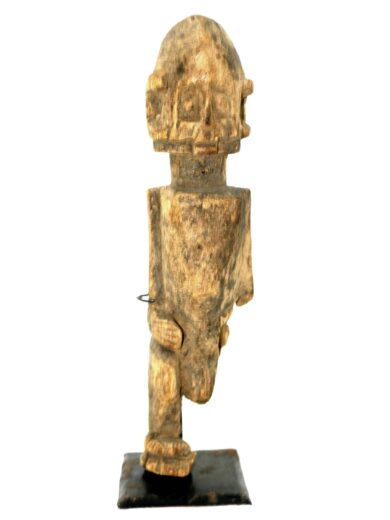
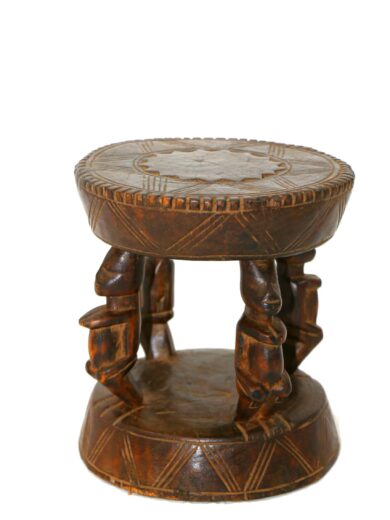
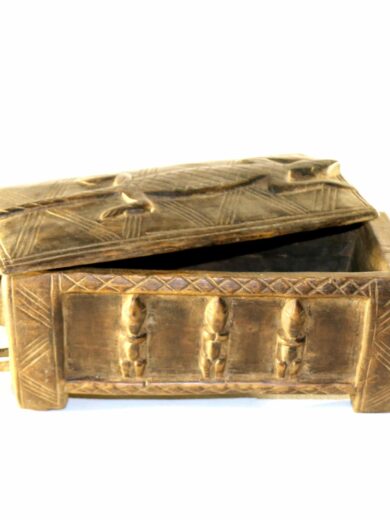
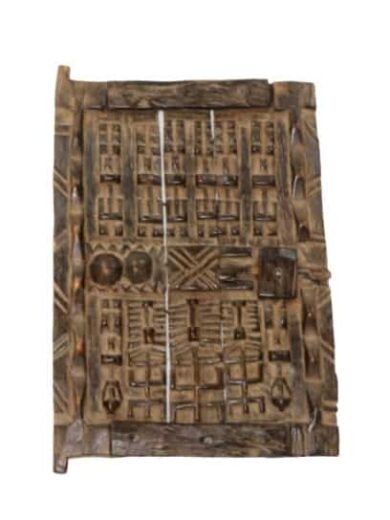
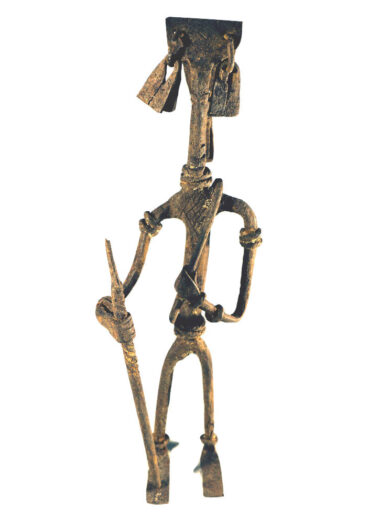
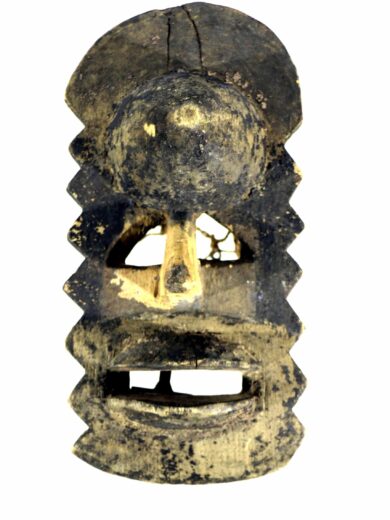
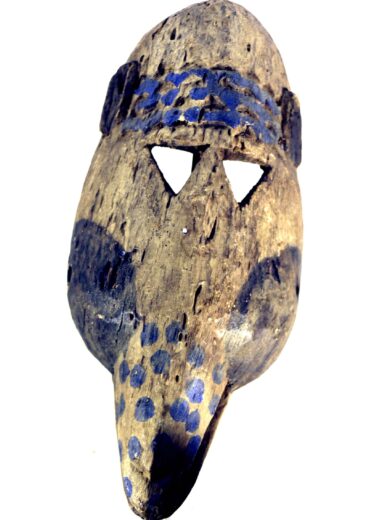
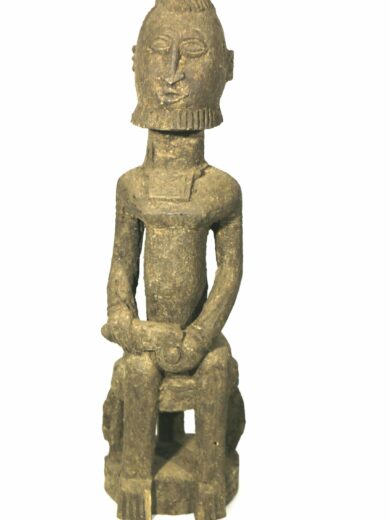
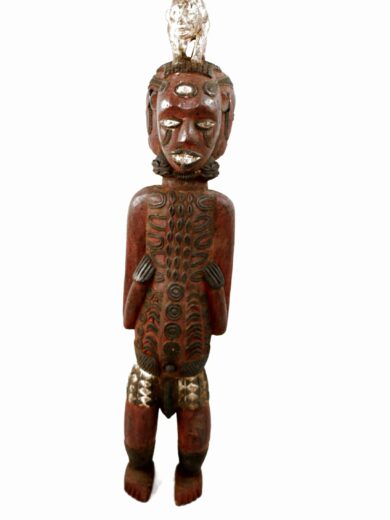

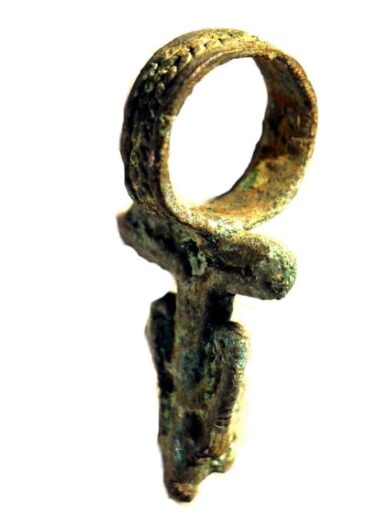
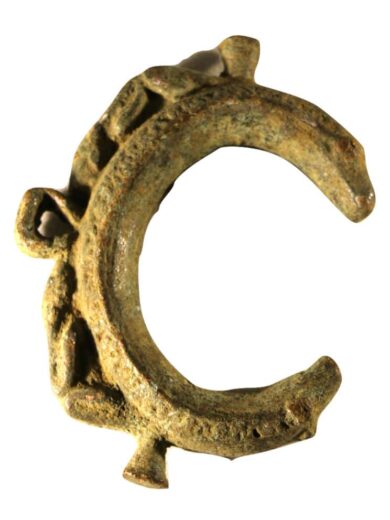
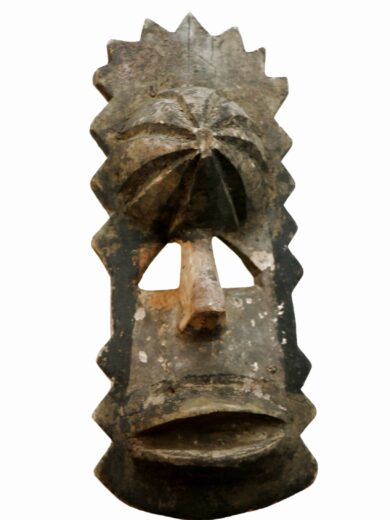
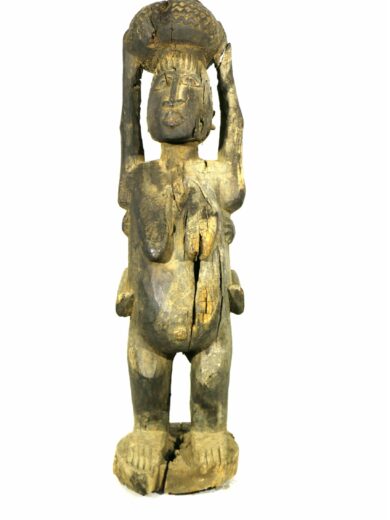
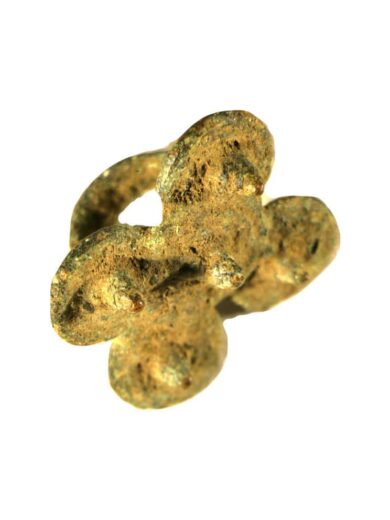


Reviews
There are no reviews yet.